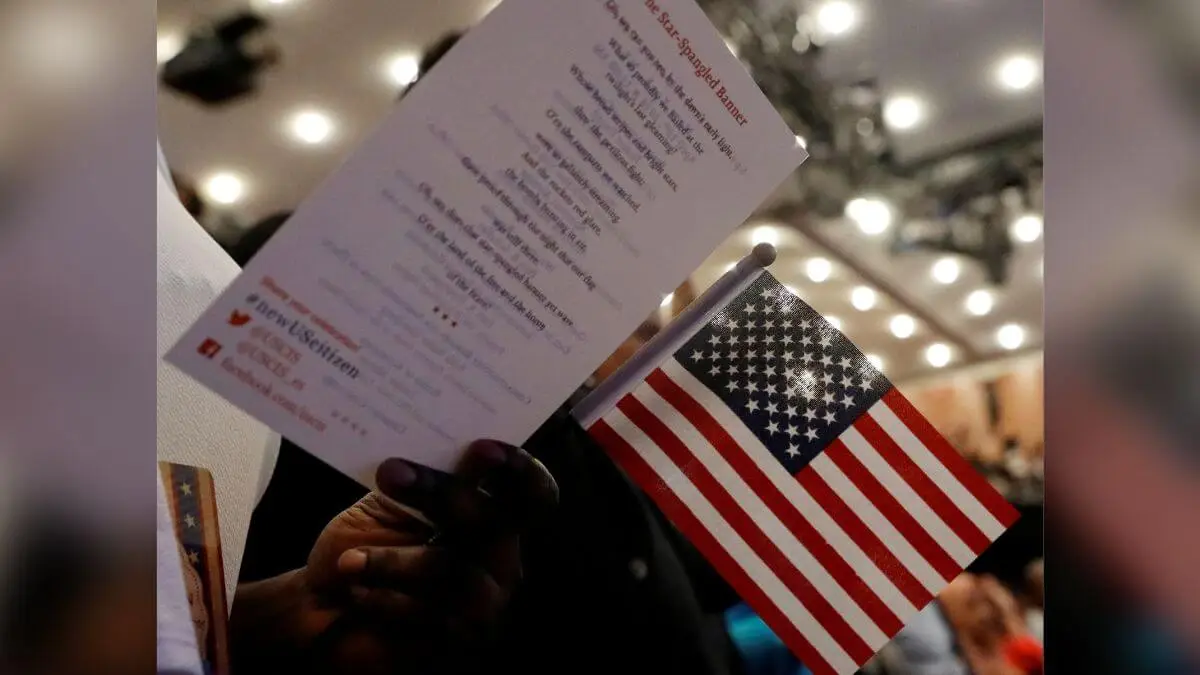In 2023, the United States has set a significant milestone by processing over 1 million visas to Indians this year. This achievement reflects the robust demand for travel, education, and employment opportunities in the U.S. among Indian nationals. The initiative is part of a broader effort by the Biden administration to enhance visa processing efficiency and address the backlog caused by the COVID-19 pandemic. This article delves into the various aspects of this landmark achievement, its implications, and the factors contributing to this surge in visa issuance.
Historical Context
Historically, the United States has been a preferred destination for Indians seeking higher education, employment, and a better quality of life. The relationship between the two countries has seen significant growth over the decades, with increasing numbers of Indians migrating to the U.S. for various purposes. The demand for U.S. visas among Indian citizens has consistently been high, driven by educational aspirations, professional opportunities, and family reunification.
Visa Categories and Their Importance
The U.S. issues various types of visas, broadly categorized into non-immigrant and immigrant visas. Non-immigrant visas are temporary and include categories such as tourist visas (B1/B2), student visas (F1, J1), and work visas (H1B, L1). Immigrant visas, on the other hand, lead to permanent residency (Green Card) and eventual citizenship. The surge in visa issuance in 2023 encompasses both non-immigrant and immigrant categories, indicating a comprehensive growth across different visa types.
Student Visas
A significant portion of the visas issued in 2023 are student visas. The U.S. has always been a top destination for higher education, with its universities and colleges attracting students from all over the world. Indian students form a substantial part of this international student community. The increase in student visas reflects the growing interest among Indian students in pursuing higher education in the U.S. and the efforts by U.S. institutions to attract international talent.
Work Visas
Work visas, particularly the H1B visa, are crucial for skilled Indian professionals seeking employment in the U.S. The tech industry, in particular, relies heavily on Indian talent, and the increase in work visas indicates the sustained demand for skilled workers in the U.S. economy. The L1 visa, which allows intra-company transfers, is also significant for multinational companies operating between the two countries.
Factors Contributing to the Surge
Several factors have contributed to the U.S. being on track to issue more than a million visas to Indians in 2023. These include policy changes, improved processing efficiency, and increased demand.
Policy Changes and Administrative Efforts
The Biden administration has implemented several measures to enhance visa processing and reduce backlogs. These efforts include increasing staffing at consulates, extending interview waivers for certain visa categories, and leveraging technology to streamline the application process. The administration’s focus on improving bilateral ties and facilitating easier movement of people has also played a role in achieving this milestone.
Pandemic Recovery
The COVID-19 pandemic severely disrupted international travel and visa processing. As countries recover from the pandemic, there has been a surge in travel and visa applications. The backlog of applications from the pandemic period has also contributed to the increased number of visas issued in 2023. Many individuals who had deferred their plans due to the pandemic are now moving forward, leading to a higher volume of visa processing.
Growing Demand for U.S. Opportunities
The demand for U.S. visas among Indians remains high due to the opportunities available in the U.S. for education, employment, and family reunification. The reputation of U.S. educational institutions, the presence of a large Indian diaspora, and the prospects of better career opportunities continue to attract Indian nationals. This sustained demand has been a significant factor in the high number of visas issued.
Implications of the Surge
The issuance of over one million visas to Indian citizens in 2023 has several implications for both countries.
Strengthening Bilateral Ties
The increased number of visas signifies strengthening bilateral relations between the U.S. and India. It reflects the mutual interests of both countries in fostering people-to-people connections, enhancing educational and professional exchanges, and promoting cultural understanding. This milestone is likely to further strengthen the strategic partnership between the two nations.
Economic Impact
The influx of Indian students and professionals into the U.S. has a positive economic impact. International students contribute significantly to the U.S. economy through tuition fees and living expenses. Similarly, skilled professionals add value to the U.S. workforce, particularly in industries such as technology, healthcare, and academia. The increase in visas supports economic growth and innovation in the U.S.
Cultural Exchange and Diversity
The presence of a large number of Indian nationals in the U.S. enhances cultural diversity and promotes cross-cultural understanding. Indian students and professionals bring unique perspectives and contribute to the multicultural fabric of American society. This cultural exchange enriches both countries and fosters global citizenship.
Challenges and Future Outlook
While the achievement of issuing over one million visas is significant, it also presents certain challenges and areas for improvement.
Addressing Backlogs
Despite the progress, visa backlogs remain a challenge. Continued efforts are needed to streamline processing, reduce wait times, and ensure that applicants receive timely responses. Addressing these issues will be crucial to maintaining the momentum and meeting future demand.
Policy Consistency
Consistent and transparent visa policies are essential to maintaining trust and facilitating smooth visa processing. Policy changes and administrative procedures should be clearly communicated to avoid confusion and ensure that applicants can navigate the process effectively.
Enhancing Support Systems
Support systems for international students and professionals, including orientation programs, career services, and community networks, play a vital role in their successful integration. Enhancing these support systems can improve the overall experience of Indian nationals in the U.S. and ensure that they can fully contribute to their new communities.
